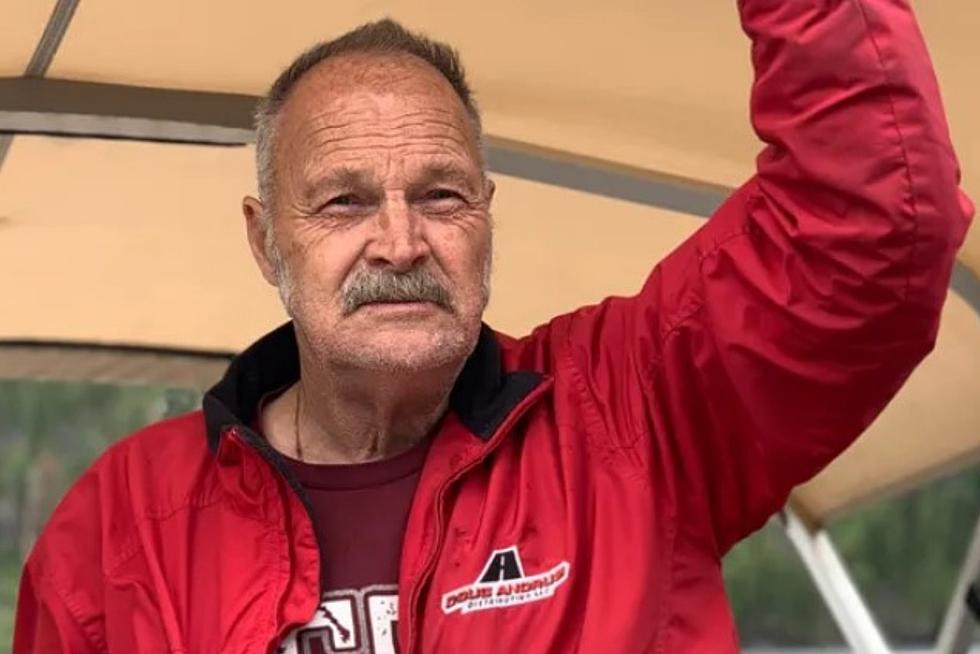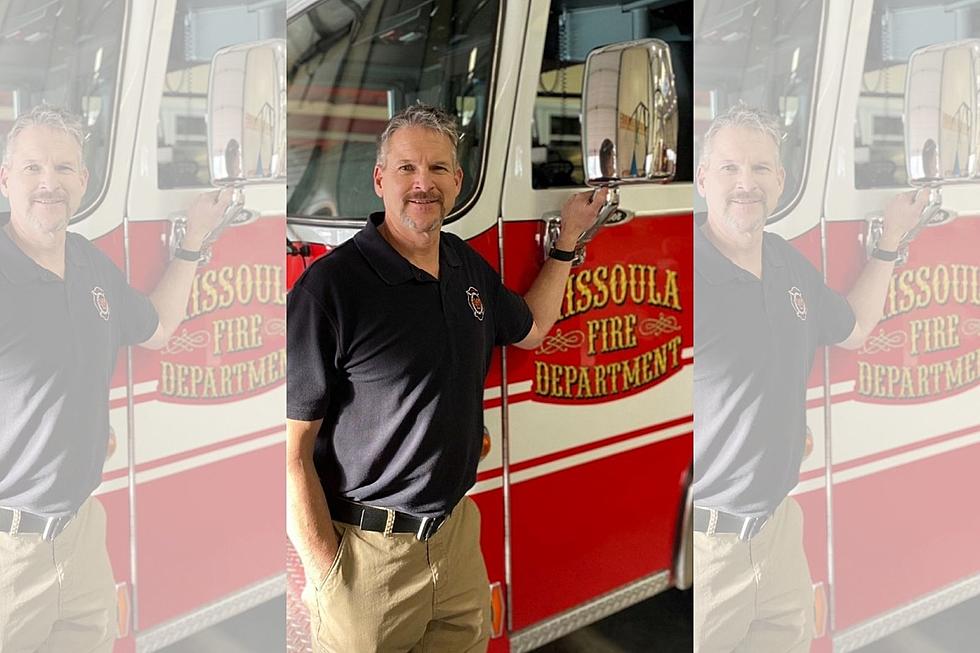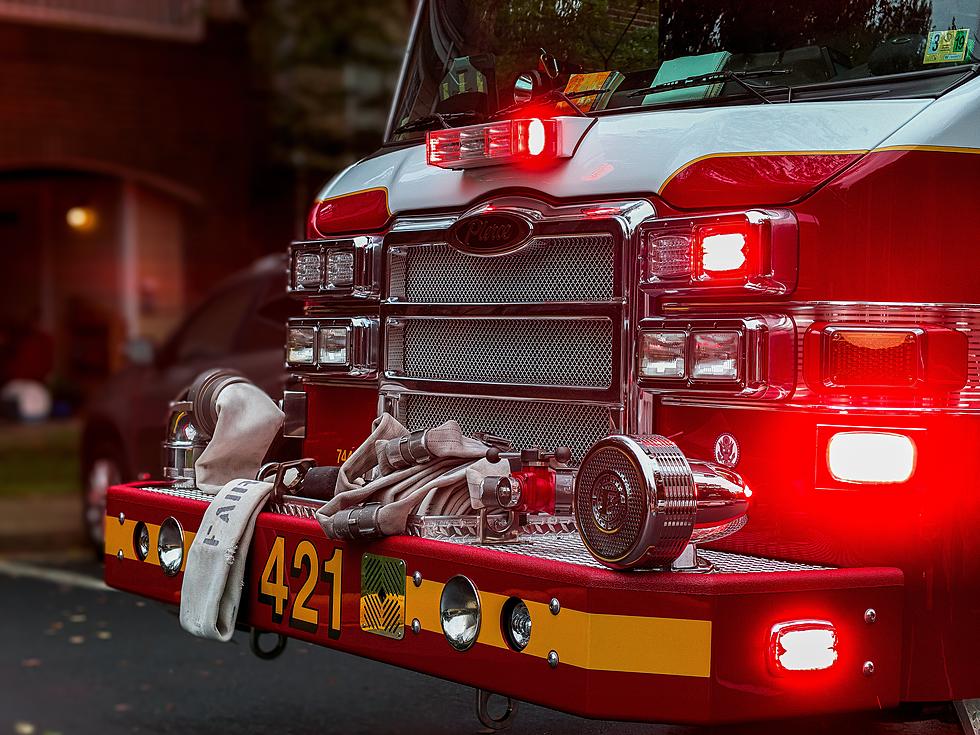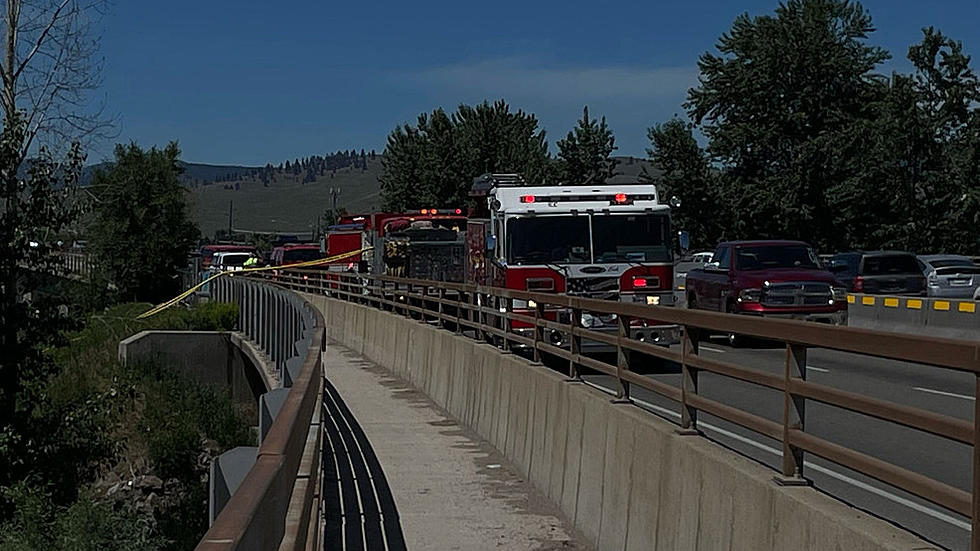![Missoula Fire Department Conducts Trench Rescue Training [AUDIO]](http://townsquare.media/site/119/files/2013/06/MFD-Trench-pic-5.jpg?w=980&q=75)
Missoula Fire Department Conducts Trench Rescue Training [AUDIO]
It seldom happens, but when it does the Missoula City Fire Department mobilizes in a big way. Trench rescue training was conducted on Thursday afternoon at the city gravel yard at Rodgers and Shakespeare streets.
Captain Derek Mullins said the trench rescue training is part of a monthly exercise in which fire department personnel practice various rescue scenarios.
"We'll put a mannequin in a trench and cause a makeshift collapse, so the dummy is partially buried and then conduct a regular response," Mullins said. "We'll designate a team leader, bring a battalion chief on scene to designate resources, and we'll come in and actually perform just like a regular rescue."
Mullins said a trench rescue can be a crowded, dangerous scenario, due to the physical characteristics of the event.
"When we arrive on scene, our first priority is to establish a 'hot zone', and make sure everybody who is trying to help that person in the trench is out of the area," Mullins said. "Statistically speaking, a lot of people get caught in secondary collapses, so we try to get all bystanders out and create a safe zone of 50 to 100 feet. Then we begin to assess whether its going to be a rescue or recovery operation."
Mullins said the rescue itself is more than just digging someone out of the trench.
"Once we determine that the trench itself is safe, we'll set up ladders in the trench for egress, then we'll place ground pads around the trench and start putting in safe boxes," Mullins continued. "We'll call for additional resources, like manpower, and the sewer department has a vacuum truck that can suck dirt, rocks and water out of the trench so we don't have to dig it out by hand."
Mullins said time is a factor in any trench rescue, depending on how deeply the victim is buried.
"A man buried in a typical trench about 12 feet deep and four feet wide up to his waist may take up to six hours to dig him out of that," Mullins said. "One cubic foot of soil is almost a hundred pounds, so you can't just grab a hold of someone and pull them out. Even if just their feet are buried, you have to dig them out 100% before then can get out of something like that. We have to conduct our rescue by OSHA standards, meaning we have to put a safe box in the trench before we can even start working to free the patient."
Mullins said in a trench rescue, almost the entire fire department might be mobilized.
"We've got between 95 personnel that we can call," Mullins said. "It gets even more complicated the deeper a person is buried. We would call almost all of our people in for a good-sized trench rescue."
Mullins encourages anyone digging a trench to use safe boxes and exercise extreme caution, and to never dig alone. Always have someone nearby to call for help in case of an accident.
Captain Derek Mullins
More From 94.9 KYSS FM









